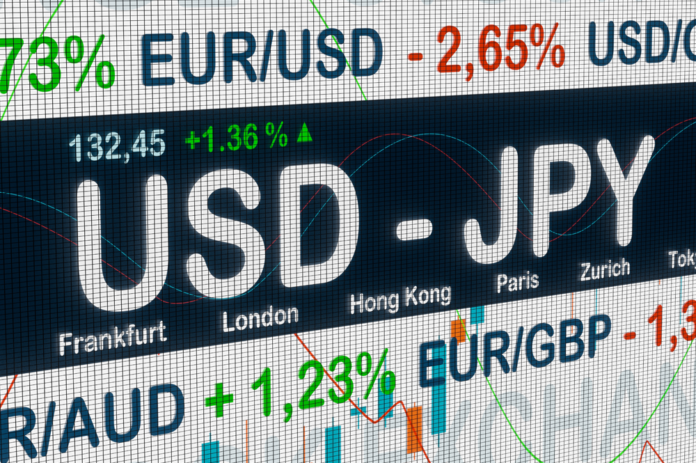When it comes to understanding how the currency market operates, knowing what is going on around the world is vital. The U.S. dollar continues to enjoy strong demand at the start of the European trading day, reaching five-month highs, while sterling falls despite positive wage data.
Retail sales push the dollar higher
The safe-haven U.S. dollar was supported by a decline in risk appetite due to tensions in the Middle East, as currency traders cautiously await Israel’s response to the Iranian attack over the weekend, amid fears of a possible escalation in the conflict.
Conversely, Monday’s retail sales, which rose 0.7% compared to the expected 0.3%, have deepened questions about when the Federal Reserve might start cutting interest rates, following a significant rise in March employment and increasing consumer inflation.
Mary Daly, president of the Federal Reserve Bank of San Francisco, has joined the growing sentiment that the central bank is going to take its time on rate cuts.
On Monday, she said there was no rush to cut rates because the economy and the labor market are strong, and inflation remains above the Fed’s 2% target.
For today, the economic calendar brings the release of March industrial production data, as well as the latest readings on housing starts and building permits, which will provide more information about the health of the housing sector.
However, all attention will be on Fed Chairman Jerome Powell’s speech, which will give more clues about the future of the U.S. economy.
Pound falls after the wage data
In Europe, the GBP/USD dropped by 0.1% to 1.2438, approaching five-month lows, following reports that year-on-year non-bonus wage growth was 6.0% from December to February.
This represents a slight decline from the previous month’s growth of 6.1%, suggesting that wage growth may have peaked—an observation that could prompt the Bank of England to consider rate cuts if the trend continues.
Last month, BoE Governor Andrew Bailey noted ‘encouraging signs that inflation is softening,’ but he emphasized that the BoE requires additional reassurance that price pressures are fully under control before considering rate cuts
Meanwhile, EUR/USD was down 0.1% at 1.0615, near its lowest level since early November last year, continuing to lose momentum after the European Central Bank last week hinted at a June rate cut.
Olli Rehn, one of the ECB’s monetary policymakers, stated on Tuesday that a June rate cut would be predicated on there being no further geopolitical setbacks that could affect energy costs and thus inflation.
Japanese yen at new 34-year lows
In Asia, USD/JPY rose 0.2% to 154.55, reaching a new 34-year high.
The yen’s recent weakness has intensified as several Japanese government officials have acknowledged the possibility of intervening in the currency markets.
Japanese Finance Minister Shunichi Suzuki said on Tuesday that he is closely monitoring the currency changes and that there will be “a global reaction if necessary.”
The USD/CNY pair reached 7.2386, showing little change, despite GDP data indicating that the economy grew more than expected in the first quarter.
However, weaker-than-expected March industrial production and retail sales data suggest that the Chinese economy may be slowing after a solid start to the year.
The People’s Bank of China has set a relatively weak midpoint for the yuan’s daily trading band, indicating that the central bank has limited flexibility to further support the Chinese currency.



